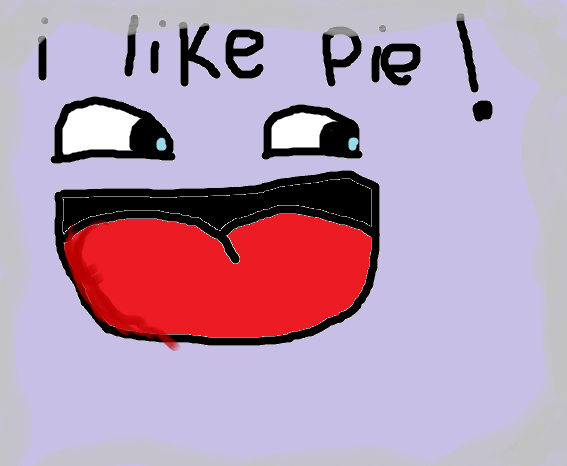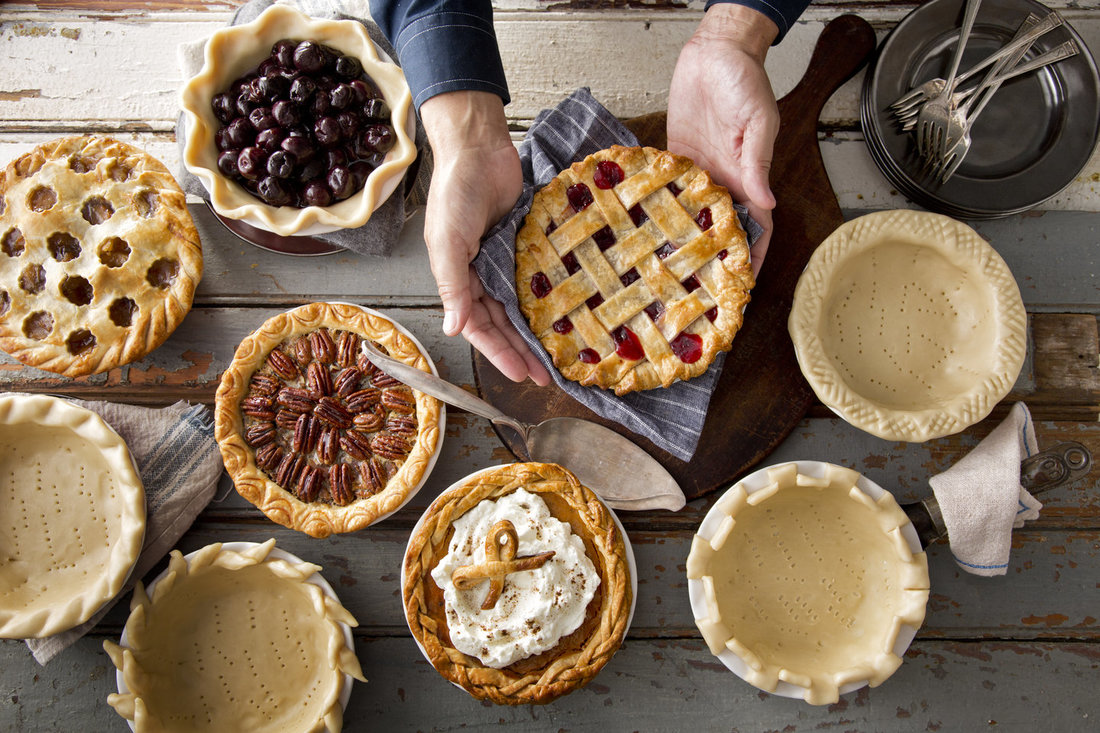A Sense of Doubt blog post #1719 - Paragraphs - PIES and BURGERS (or sandwiches)
Kudos to my colleague Amber Lemiere for her amazing work. All text below graphic and in links is hers. Posted here for my students, is the PIE content plus two other links I have been referencing in class.
Word.
RHETORICAL SITUATION - TRIANGLE - ETHOS PATHOS LOGOS
PIE Paragraphs
P.I.E. stands for point, information, explanation. This is the basic format you should follow for writing strong academic paragraphs.
POINT: The first sentence in a paragraph should be the point that the entire paragraph will attempt to prove. The point sentence is written in your own voice, and it represents your own thinking. Make sure the point sentence does more than just give your readers information or facts to think about; you should state an opinion or claim that others might not agree with. This will make them curious and want to read it!
INFORMATION: Once you make your point, you need to support it with information (descriptions, evidence from sources/texts, experiences, facts, historical narrative, etc.)POINT: The first sentence in a paragraph should be the point that the entire paragraph will attempt to prove. The point sentence is written in your own voice, and it represents your own thinking. Make sure the point sentence does more than just give your readers information or facts to think about; you should state an opinion or claim that others might not agree with. This will make them curious and want to read it!
- If you capture the idea from the text in your own words, this is called a paraphrase and you only need to use quotation marks to denote any unique phrases or terms used by the original author/speaker.
EXPLANATION: All information in a paragraph needs to be followed up with explanation; don't assume that your readers will connect the dots on their own. Here's what you should explain:
- What does the information mean, exactly? What should the readers be focusing on?
- How does the information prove the point for this paragraph, exactly?
- In the context of an essay, how does the information and the point for the paragraph support the main point (thesis statement)?
Write explanations in your own voice by analyzing, clarifying, questioning, connecting, declaring, explaining, describing, and just plain narrating :) It might feel a bit obvious to be explaining so much to your readers, but good writing clarifies and sharpens understanding.
PIE + IE + IE... Complex academic paragraphs typically follow the PIE format and continue with IE, IE, IE to develop the ideas further; this additional information and explanation makes for a more persuasive and sophisticated idea.
At the end of your PIE paragraph, wrap it up by reminding us of the point for the paragraph and transitioning us on to the next point.
Check your information!

It might be helpful to print out a draft of your writing and highlight all of the information you've summarized, paraphrased, and/or quoted from source material. Take a look at these things:
- Do any paragraphs begin with highlighted information? If so, am I writing in P.I.E. style, beginning with a point instead of information, or does my point need to be strengthened or clarified? Start with points, follow with information, and then explain. (There are a few exceptions).
- Do any paragraphs end with highlighted information? If so, have I provided enough explanation/analysis to justify the use of the information in the essay? Maybe I should spend a bit more time wrapping up the ideas in the paragraph, connecting them to the thesis statement, and/or transitioning effectively.
- Overall, do I have enough highlighted information? As a general rule, you should have a bare minimum of one piece of evidence per body paragraph (with some, very rare, exceptions).
- Finally, point, information, explanation is great as a basic structure, but as a college-level writer, you must include additional layers of information, explanation, information, explanation, and so on... This makes your writing more sophisticated, it requires more "close reading," or specific critical thinking. Think of it as weaving back and forth between what "they say" and what "I say." Your job as a writer is to help the reader navigate your own ideas and how the ideas of others contribute to your argument.
THE MAIN LINKS
https://lemierecomp.weebly.com/
But a paragraph can also be like a SANDWICH or the favorite sandwich for many: a burger.

CLICK LINK BELOW
+++++++++++++++++++++++++++++++++++++++++++++++++++++++++++++++++++++++
+++++++++++++++++++++++++++++++++++++++++++++++++++++++++++++++++++++++
+++++++++++++++++++++++++++++++++++++++++++++++++++++++++++++++++++++++
- Bloggery committed by chris tower - 1911.02 - 10:10
- Days ago = 1582 days ago
- New note - On 1807.06, I ceased daily transmission of my Hey Mom feature after three years of daily conversations. I plan to continue Hey Mom posts at least twice per week but will continue to post the days since ("Days Ago") count on my blog each day. The blog entry numbering in the title has changed to reflect total Sense of Doubt posts since I began the blog on 0705.04, which include Hey Mom posts, Daily Bowie posts, and Sense of Doubt posts. Hey Mom posts will still be numbered sequentially. New Hey Mom posts will use the same format as all the other Hey Mom posts; all other posts will feature this format seen here.


No comments:
Post a Comment